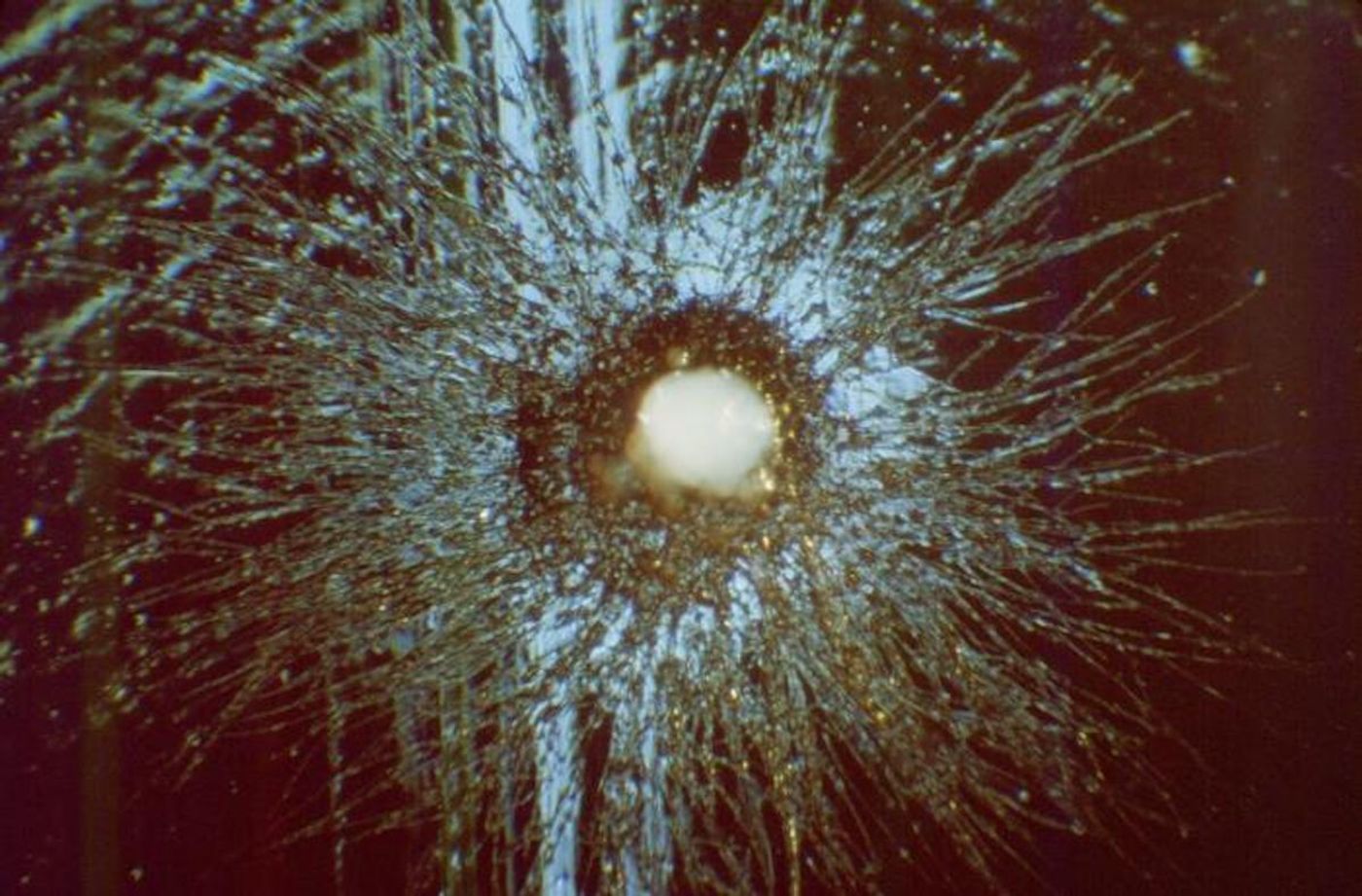Cavity-Causing Germs Can Form Superorganisms Able to Crawl on Teeth
Scientists have found that bacteria and fungi in the human mouth can join forces to form a so-called superorganism that is stronger and more tenacious than regular microbes. These superorganisms have been isolated from saliva samples collected from toddlers with severe childhood tooth decay. These pathogens are able to colonize teeth, resist standard antimicrobial drugs, and are tougher to remove than either the bacteria or fungi on their own. They can also form appendages that act like limbs, which they use to move and even 'leap' on the surface on teeth, spreading quickly even though the microbes are non-motile on their own. The findings have been reported in the Proceedings of the National Academy of Sciences.
This study began with a simple discovery that was almost accidental, made while toddlers' saliva samples were being analyzed. The researchers watched as bacteria and fungi assembled together, then developed abilities the scientists "never thought [the microbes] would possess." The microbes seemed to be walking and leaping, which the investigators called "emergent functions" that benefit the assembled bacterial and fungal superorganism in novel ways, explained co-corresponding study author Hyun (Michel) Koo, a professor at Penn Dental Medicine. "It's almost like a new organism - a superorganism with new functions."
Biofilms, including those studied by Koo's lab, are known to take on abilities that regular microbial communities don't posses. They have found that dental biofilms formed by Streptococcus mutans bacteria and Candida albicans fungi can lead to severe tooth decay.
Cavities form in teeth when sugar from the diet feeds mouth microbes, which generate plaques, releasing acid that destroys the enamel on teeth.
When the researchers identified the superorganism clusters, they used microscopy to learn more about how it behaved on teeth. The model included the microbes, a tooth-like substance, and human saliva. The superorganisms were found forming highly organized structures. The bacteria were clustered within a network of yeast filaments known as hyphae, which project from yeast cells. It was all held within a glue-like polymer.
The researchers found that after the superorganism formed, it started moving. The researchers were surprised to find that together, these microbial pathogens were stickier and more resistant to removal or destruction, whether it was physical force or chemical.
Some bacteria are known to use filaments or appendages to move around. But these microbes cannot do so on their own. The superorganism also moves in an intriguing way; the fungal hyphae anchor onto a surface, and transports the bacteria across surfaces. Koo said it is "like bacteria hitchhiking on the fungi." They can also move quickly, and over 'long' distances, at over 100 microns per hour.
"That is more than 200 times their own body length," said first study author Zhi Ren, a postdoctoral fellow in the Koo lab, "making them even better than most vertebrates, relative to body size. For example, tree frogs and grasshoppers can leap forward about 50 times and 20 times their own body length, respectively."
It may be easier to stop tooth decay in children now that researchers have identified these superorganisms. The research has also provided insight into unique microbial behaviors. There may be other microbes that join forces in this way, waiting to be discovered.
Sources: University of Pennsylvania, Proceedings of the National Academy of Sciences









